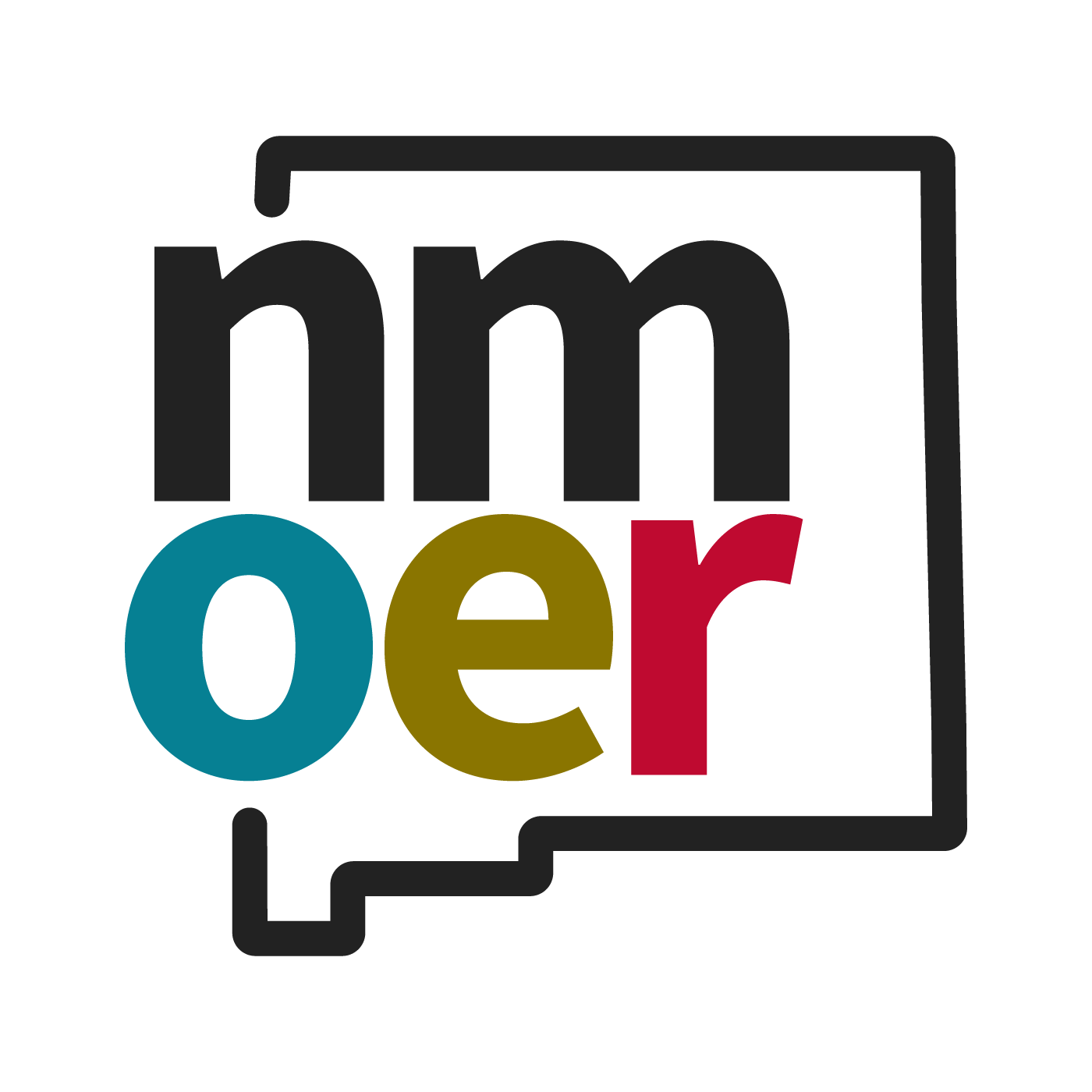11 Tang Poetry
Nahir I. Otaño Gracia and Averie Basch
618–907 CE
Middle Chinese from Tang Dynasty
The Tang Dynasty is often considered a Golden Age of China. Lasting nearly three centuries, the Tang Dynasty witnessed extraordinary developments in art, technology, and religious practices. The political and cultural powers were based out of the capital city of Chang’an. Culture and goods were exchanged via the Silk Road, which stretched Chinese influence far to the west. The Tang court itself played host to a number of artists, many of whom contributed to the flourishing literary movement.
Tang poetry may be considered some of China’s best historical verse, but Chinese writing dates to the first ancient dynasties. Evidence from the Shang Dynasty, which flourished between 1750 and 1020 BCE, reveals inscriptions of Chinese characters called jiaguwen on tortoiseshells and bones. By the seventh century, poetry was an established art form held with high regard across the Chinese territories. Lyric poetry was especially beloved and respected across generations. The art of poetry was practiced throughout the social classes and could celebrate the simplest of topics; for example, mundane tasks of daily life could be set to verse just as easily as philosophical musings or the honoring of legendary heroes. Even so, professional poets were held to high standards. To serve at a governmental level, poets had to pass the chin-shih exam proving their artistic merit. Most often, these professional poets were men, but women were active participants in court poet circles and some even became renown poetesses in their own right.
The most well-known poets of the Tang period are Li Bo (706-762) and Du Fu (712-770). Both men served as artists in Emperor Xuanzong’s court and considered themselves friends. As professional poets, the two were known for using verse to communicate. Li Bo strived for a career in politics but spent much of his life wandering nature. As a result, much of his work features nature imagery, the lifestyle of a hermit, and a longing for home. Li Bo also celebrates wine and poetry as an art form. Du Fu also sought out a career in politics. After failing the necessary exams required of court poets, he too spent time wandering nature, where he was able to reflect on his Confucian schooling and the marvels of nature.
Unfortunately, both Li Bo and Du Fu were affected by the An Lushan Rebellion in 755, a civil war that resulted in military leader and rebel An Lushan’s seizure of Chang’an and the deposition of Xuanzong, who fled for Chengdu in the west. Xuanzong’s son Li Han successfully recaptured the capital city and rose to the throne with the title of Emperor Suzong. The Tang dynasty continued, but Li Bo and Du Fu’s lives were upset not just by the war but also the change in leadership and subsequent change in patronage. Li Bo was briefly imprisoned for serving another of Xuansong’s sons who was executed on suspicions of overthrowing his brother. Du Fu, on the other hand, remained with the exiled court for a time but eventually returned to nature. Though these two men certainly suffered hardship, their poetry communicates a deep appreciation for life.
Tang Poems
Read a Short Selection of Tang Poems here:
https://chinatxt.sitehost.iu.edu/EAsia-survey/Tang_Poems.pdf
Read Jonathan Hsy’s “Place: Indefinite Detention and Forms of Resistance in Angel Island Poetry” in Anti Racist Medievalisms:
https://muse.jhu.edu/pub/306/oa_monograph/chapter/3351501
FURTHER READINGS:
For a brief overview of Tang poetry characteristics and history, see here: https://thetangdynasty.org/tang-dynasty-poetry.html

